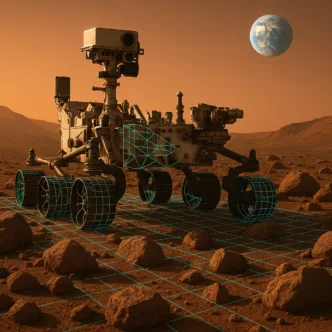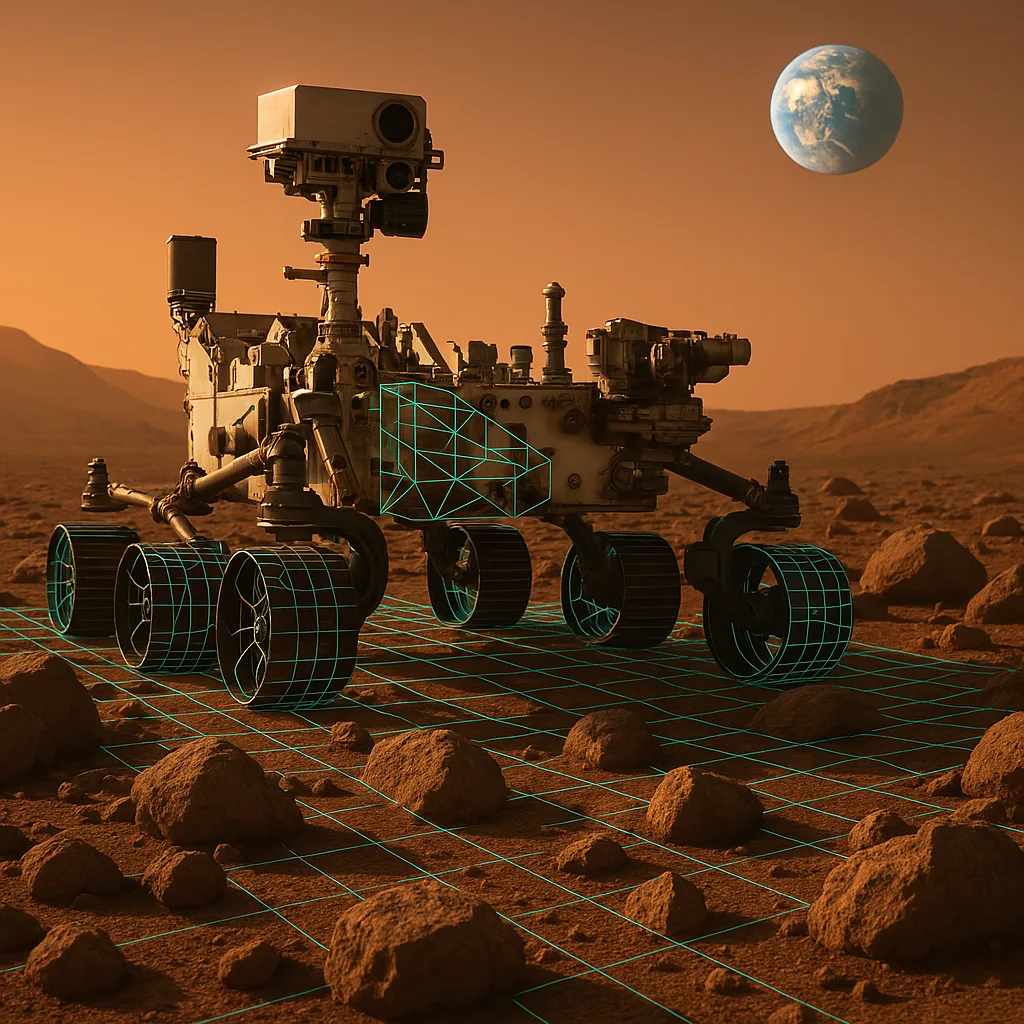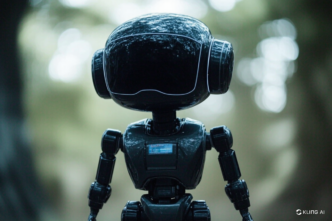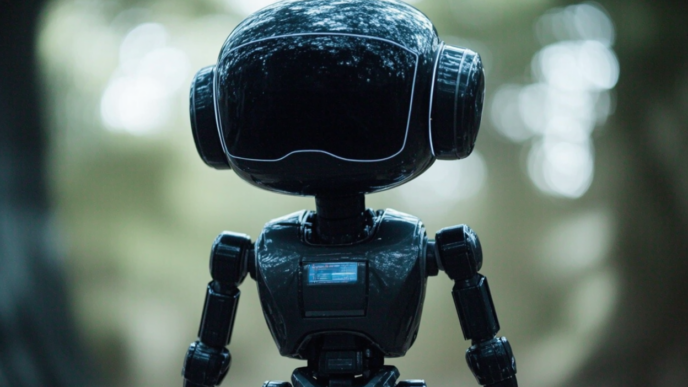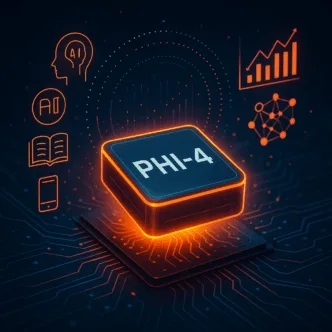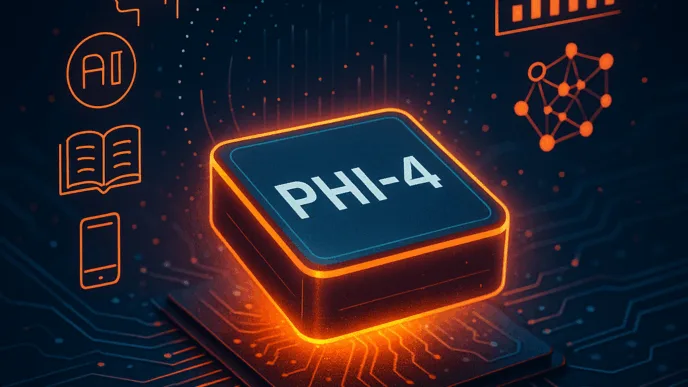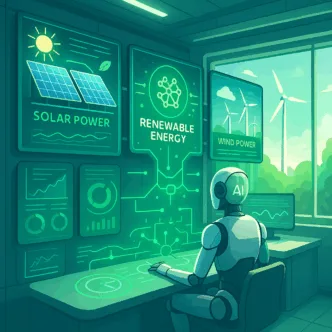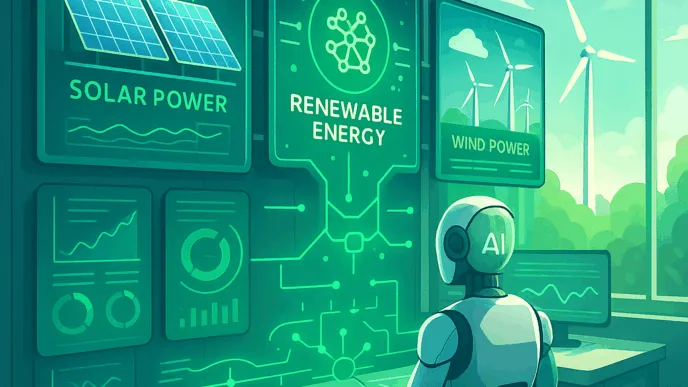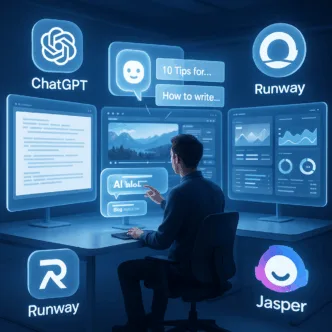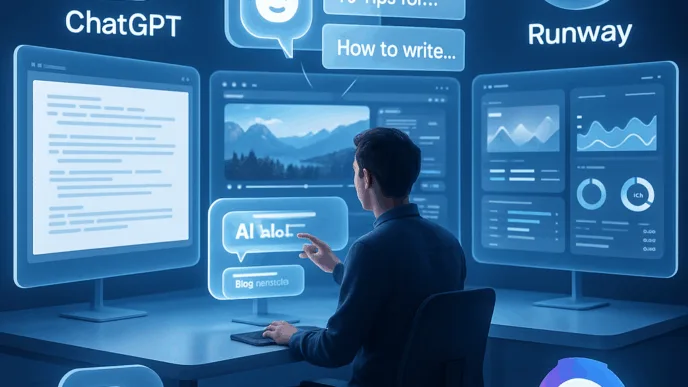AI-Powered Space Exploration: How Artificial Intelligence Is Expanding Our Reach into the Cosmos
In the ever-evolving field of space exploration, artificial intelligence is rapidly becoming a mission-critical tool. From navigating distant planets to decoding cosmic signals, AI-powered space exploration is transforming how we reach, study, and understand the universe. This revolution is not just about automating tasks; it’s about enabling a new era of discovery, where intelligent systems help humanity explore deeper and farther than ever before.
The Role of AI in Modern Space Missions
AI is embedded in almost every layer of modern space missions, including:
- Autonomous Navigation: NASA’s Mars rovers like Perseverance use AI algorithms to traverse the Martian terrain without real-time input from Earth.
- Fault Detection: AI monitors spacecraft systems, predicting and preventing failures before they occur.
- Resource Optimization: Machine learning models help optimize energy consumption and task prioritization onboard spacecraft.
AI doesn’t just assist—it learns and adapts, making real-time decisions that were once only possible with ground control teams.
Breakthroughs in AI-Driven Space Technologies
The last decade has seen several breakthroughs that underscore the importance of AI in space:
- ESA’s OPS-SAT Mission: A testbed satellite that uses AI to autonomously manage satellite operations.
- NASA’s Frontier Development Lab: A collaboration using AI for applications like solar storm prediction and asteroid classification.
- AI in SETI (Search for Extraterrestrial Intelligence): Machine learning now processes enormous data streams from telescopes to identify patterns that may indicate intelligent life.
These innovations demonstrate the value of using AI not only for efficiency but also for expanding the boundaries of what we can detect and analyze.
Deep Space Navigation with Machine Learning
Traditional space navigation relies on Earth-based tracking systems. However, in deep-space scenarios—where communication delays can span minutes or hours—autonomous AI systems are essential.
Key technologies include:
- Reinforcement Learning for route optimization
- Computer Vision for terrain mapping and object detection
- Sensor Fusion Algorithms to integrate data from multiple instruments
These systems empower spacecraft to make decisions on the fly, even when contact with mission control is lost.
The Future: AI-Centric Interstellar Exploration
Looking ahead, future missions may rely entirely on AI:
- Swarm Robotics: Fleets of AI-driven mini-satellites exploring multiple celestial bodies in parallel.
- AI-Curated Scientific Discovery: Systems that independently design and execute experiments on alien environments.
- Cognitive AI Agents: Sophisticated virtual astronauts that adapt and evolve, assisting human crews on long-duration missions to Mars and beyond.
As hardware becomes more compact and algorithms more efficient, AI-powered space exploration will evolve from a supporting role to a leading force.
Final Thoughts
AI is no longer a futuristic concept—it’s an active player in today’s space race. From Mars rovers to deep-space telescopes, AI is transforming our capabilities, extending humanity’s reach far beyond Earth’s orbit. As private companies and national agencies alike invest in smarter, more autonomous missions, the age of AI-powered space exploration is just getting started.
🔗 Internal Links:
- How AI is Shaping the Future of Robotics in Space
- The Ethics of Autonomous AI in Mission-Critical Systems
- Machine Learning Applications in Astronomy
